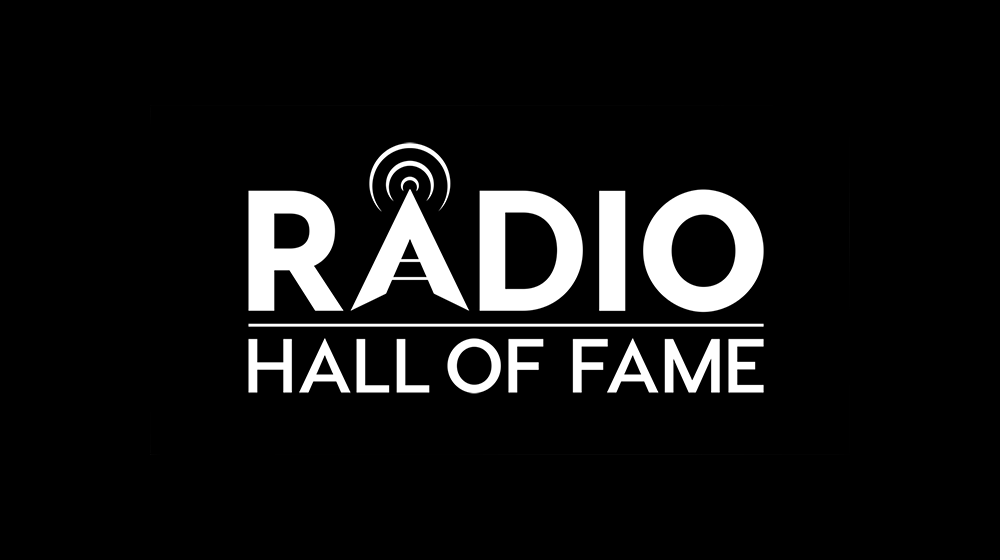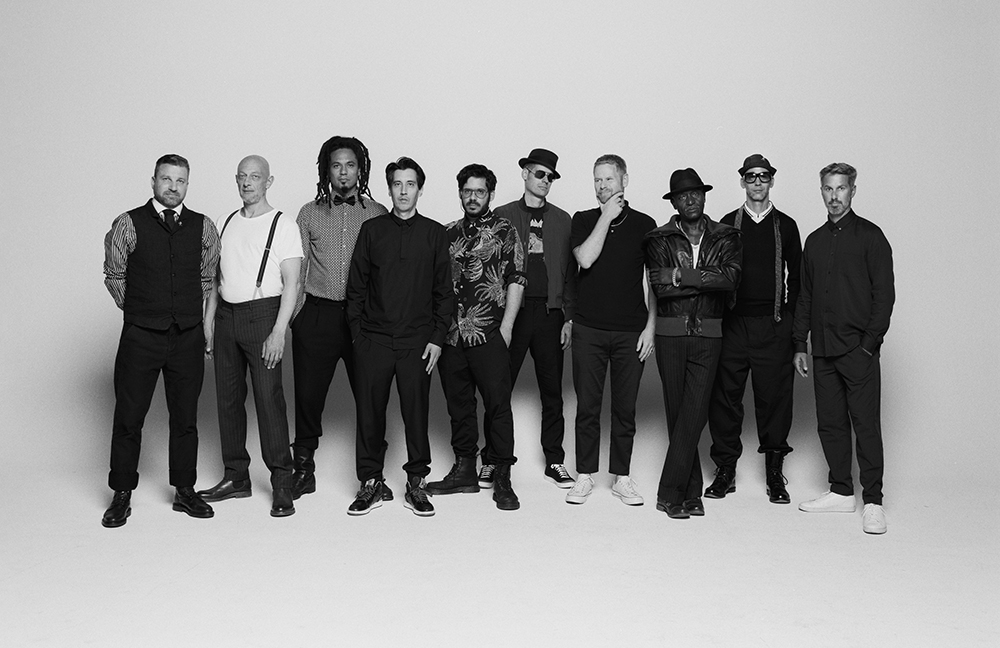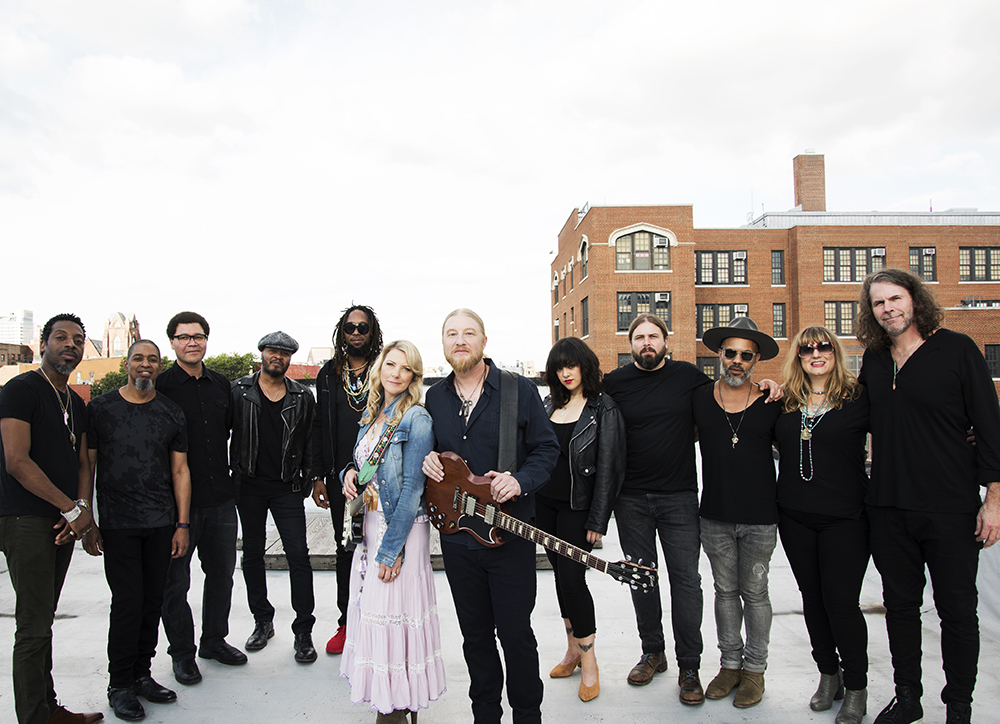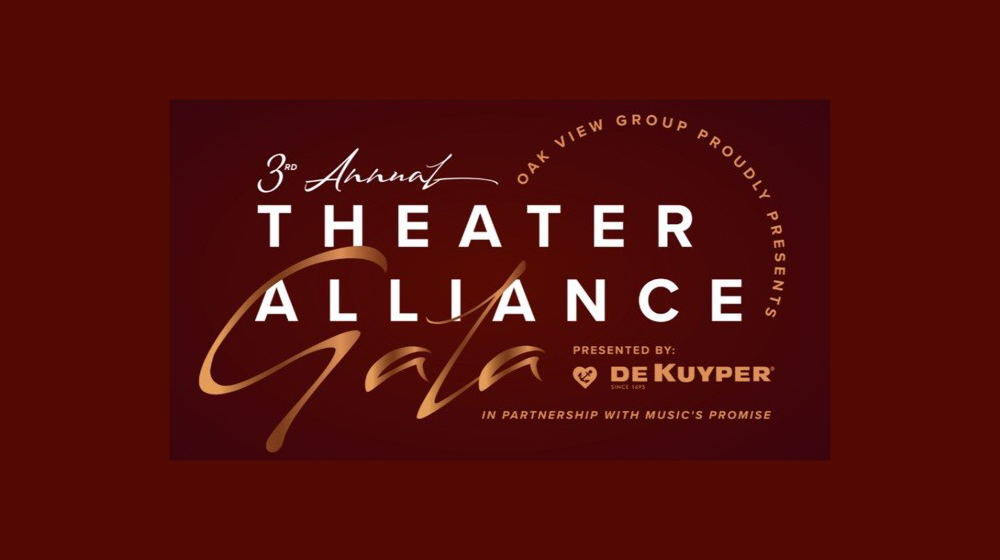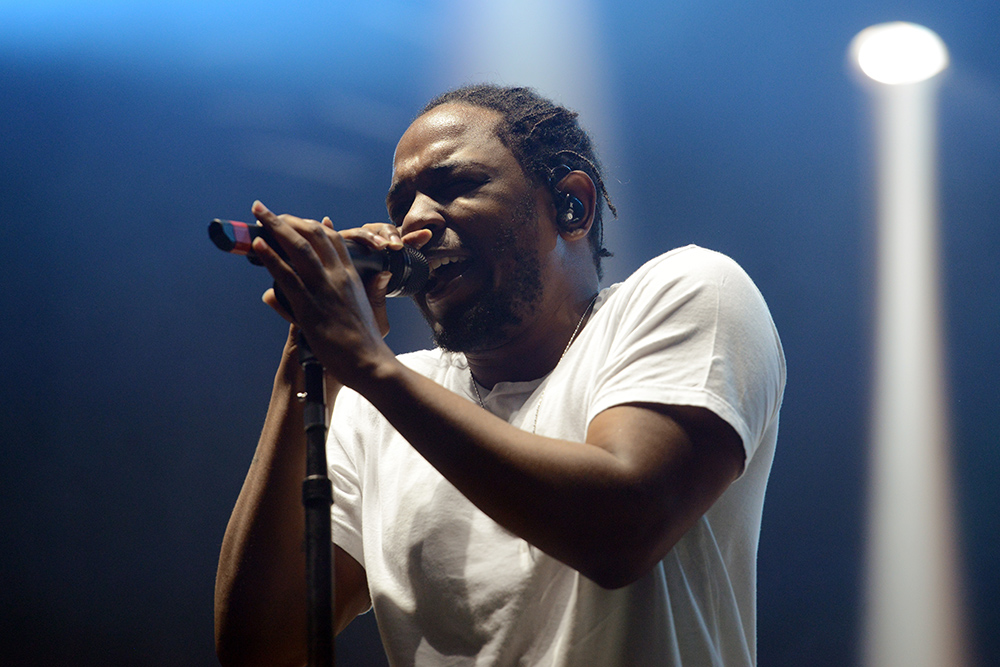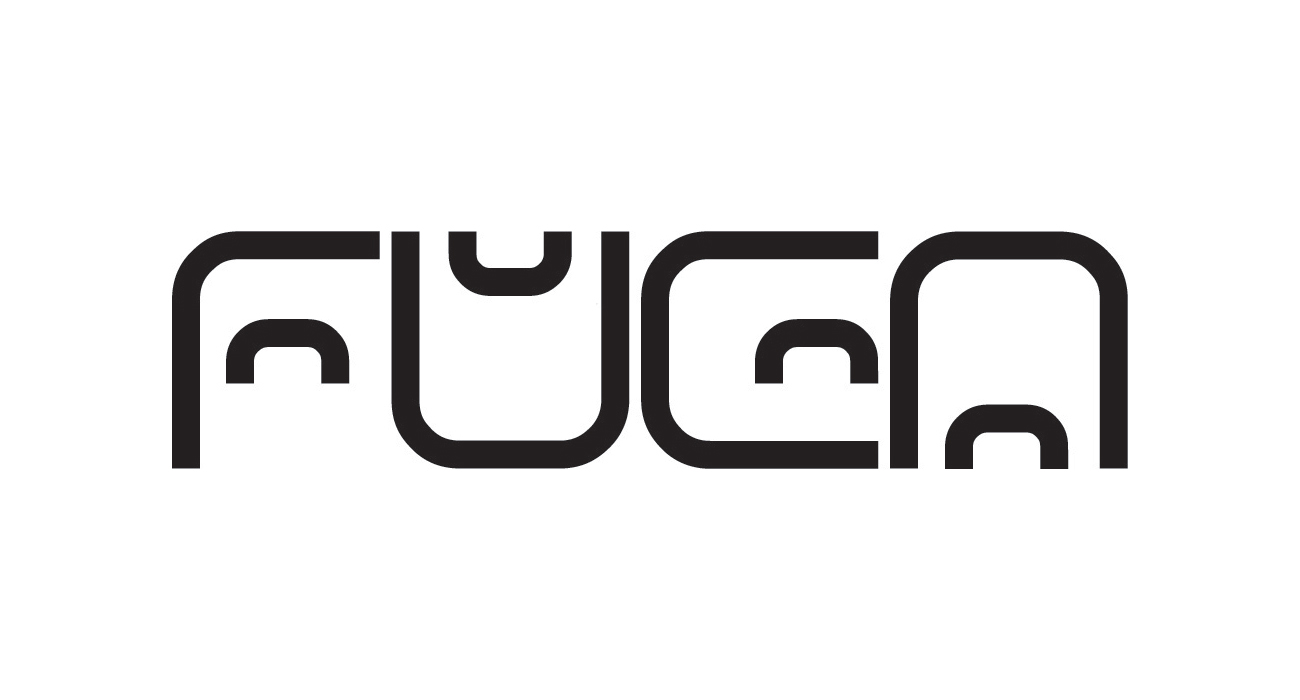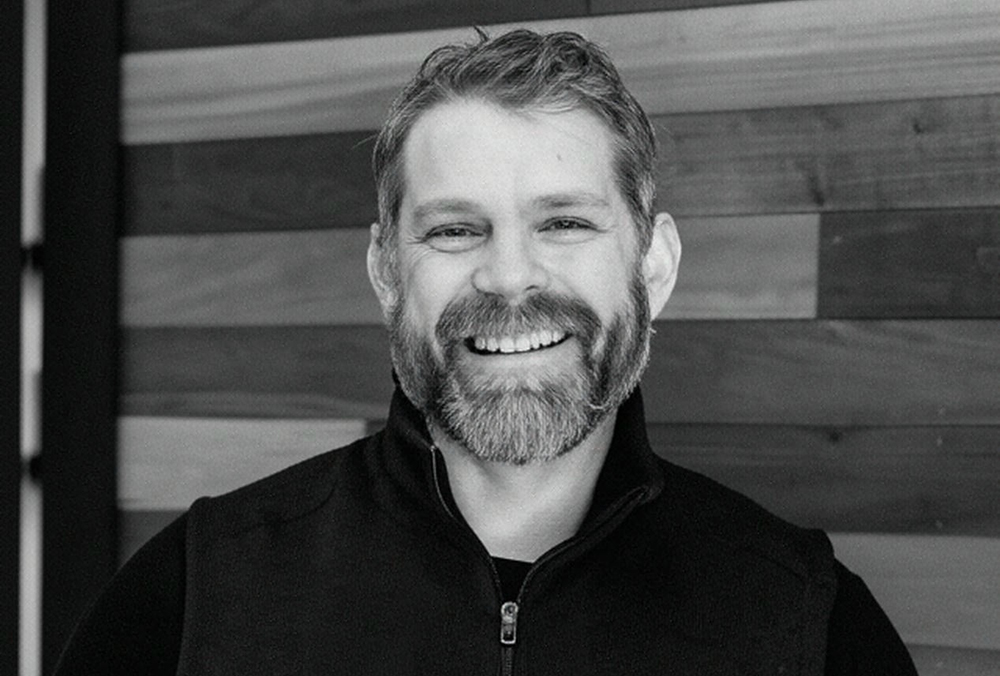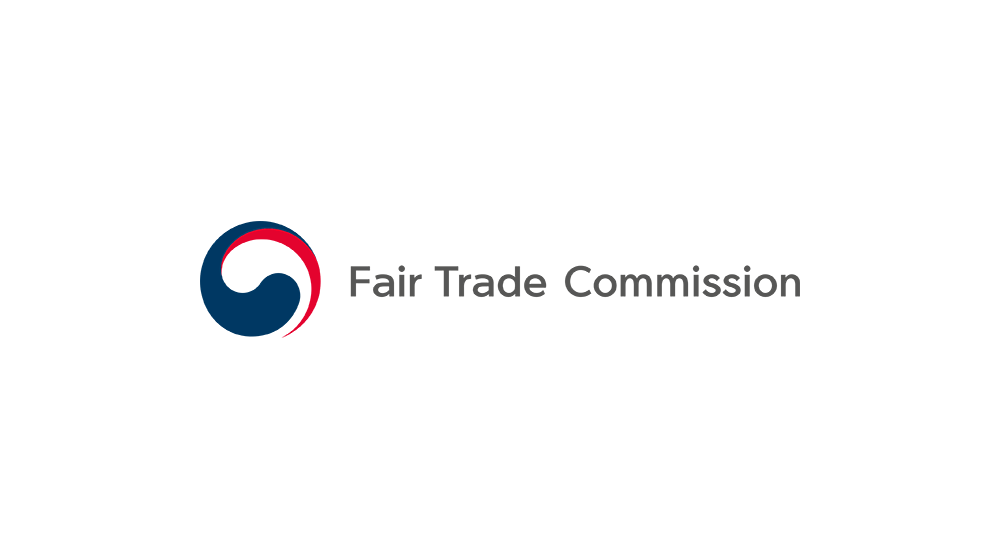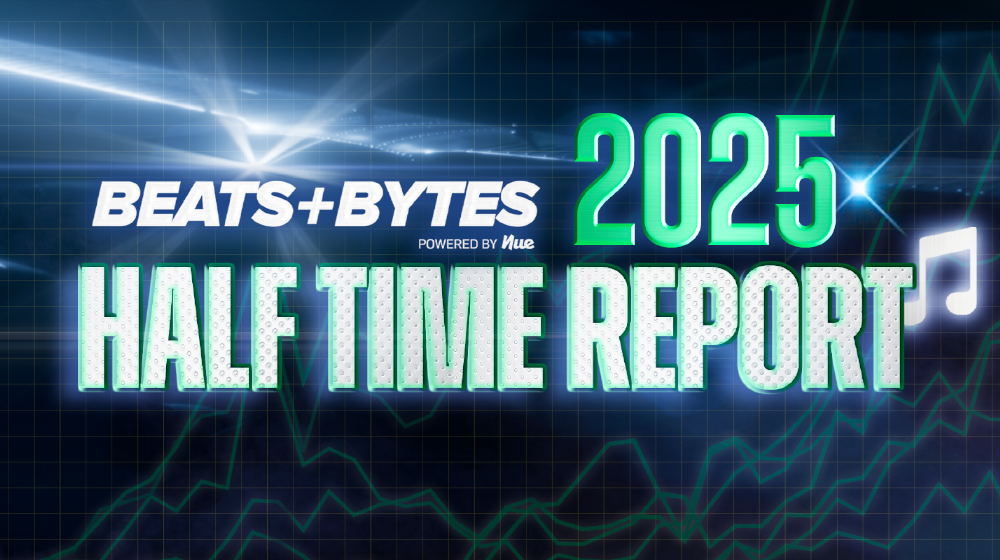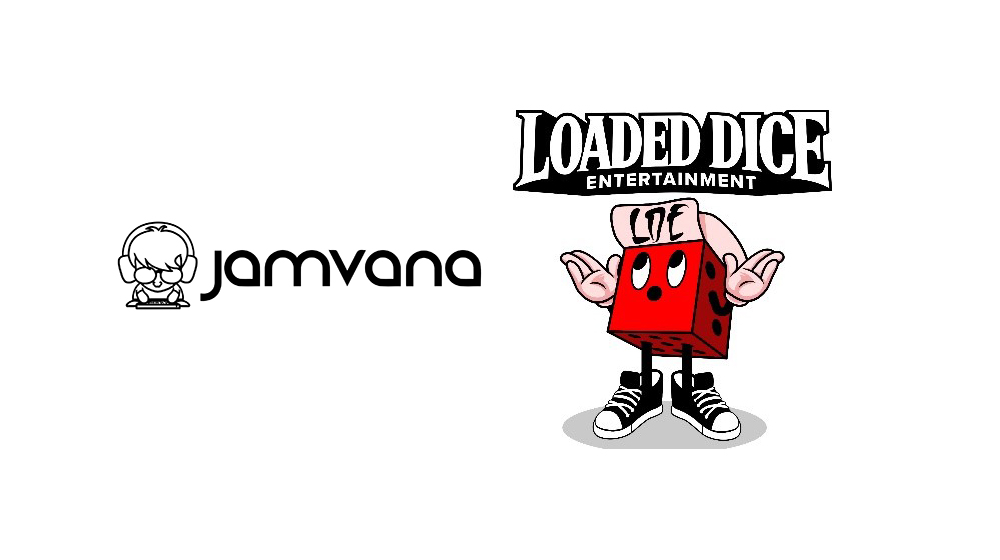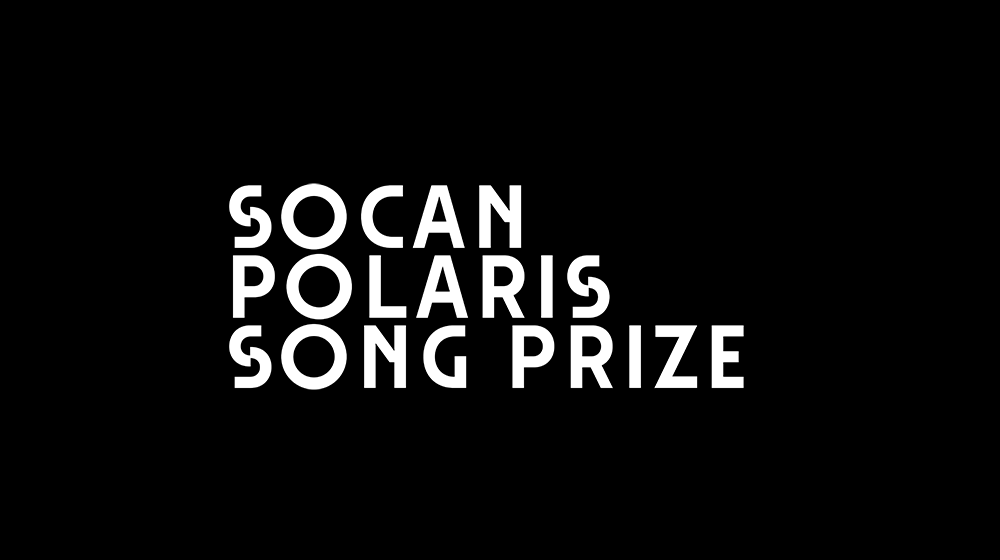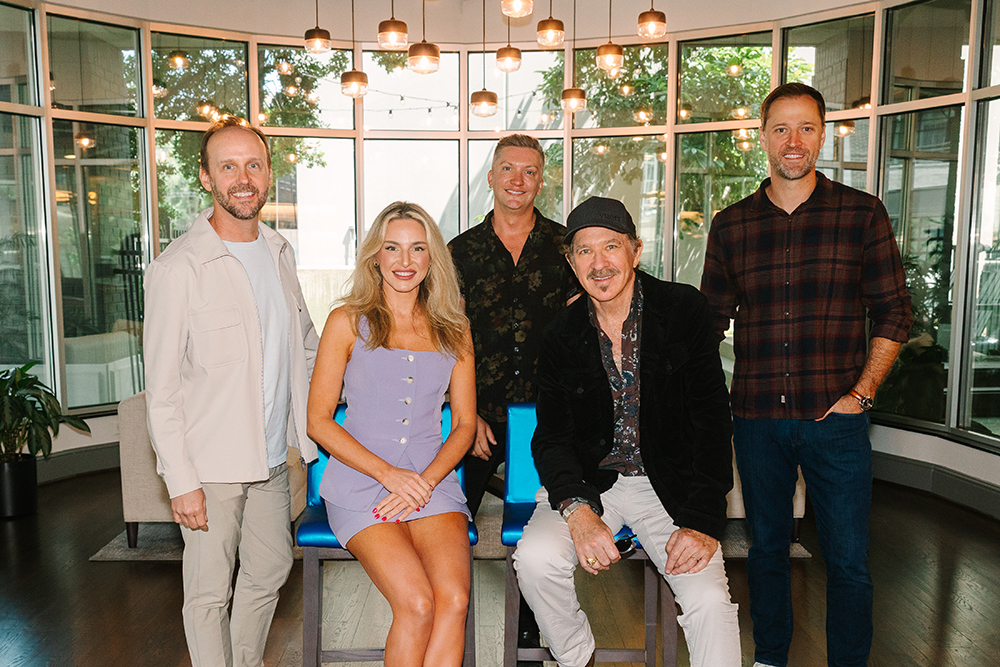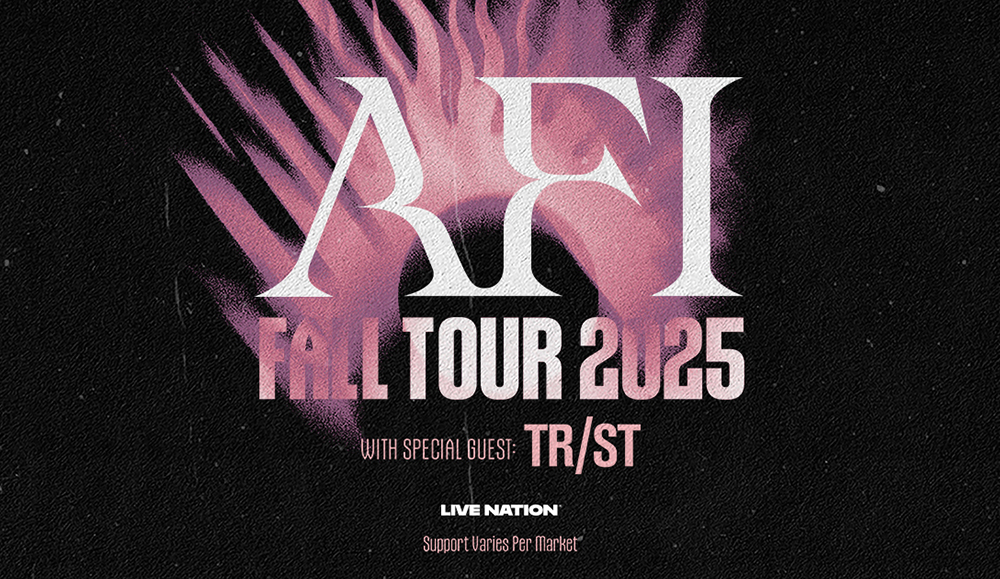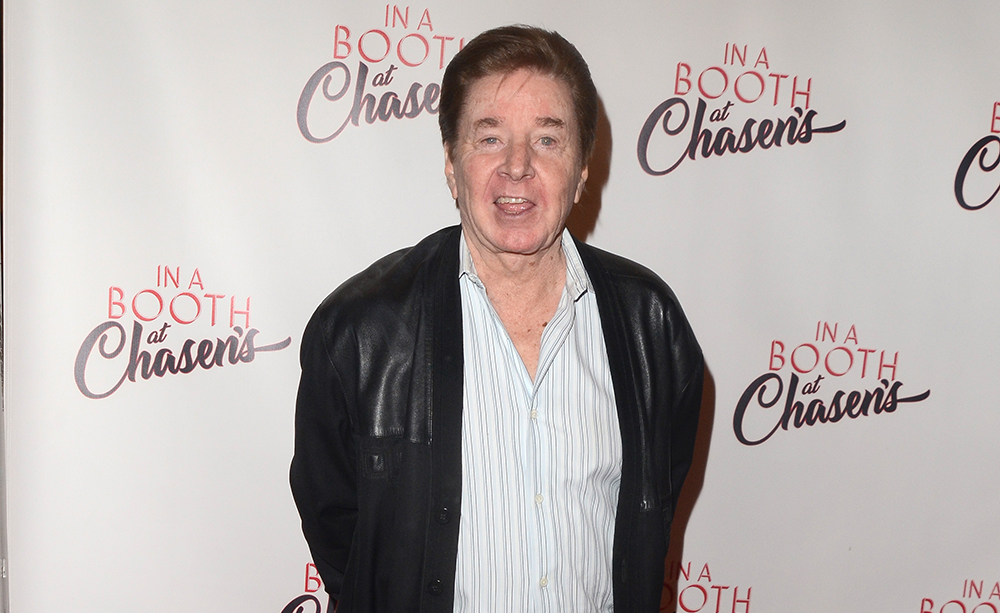
LONDON (Hypebot) – Recently, music streaming service Spotify released data revealing that each song play nets rights holders somewhere between $0.006 and $0.0084. Yep, a fraction of a fraction of a cent. Doesn’t seem like much, does it?
However, Spotify generates an average of $41 per user, which is significantly more than the $25 that Spotify says the average U.S. adult pays for music each year. Last year, the company lost $80M, but just last month, gained $250M in new funding, which brings the company’s value just above $4B. One million plays on Spotify will generate between $6,000 and $8,400. Compare that to $3,000 on YouTube, or between $1,300 to $1,500 on Pandora, or $41 on a radio station, and Spotify’s payout doesn’t seem so bad. The difference is that Google has a billion YouTube users and Apple has 600 million iTunes users, while Spotify has just above 24 million users, about a quarter of whom are actually paying for the service.
In 2013, Spotify says it will have paid a total of $500 million in artist royalties, which is half of the entirety of their payouts since the streaming service was launched in 2008. This information is part of the new Spotify Artists page, a sub-site where rights holders can track performance using various analytics tools.
Although troubled by artist backlash against low payouts, Spotify co-founder Daniel Ek recently mentioned that the company is trying to usher in a revolution, moving physical music to the digital space and “selling access, not ownership.” Of artists, Mr. Ek says, “All they see is millions of streams and they see, you know, not millions of dollars in the end, but thousands of dollars, and they think that a million streams is compatible to a million downloads, which it obviously isn’t.”
Spotify says that the more subscribers they have, the bigger the payouts will be, but what’s not clear is if they mean to project an increase in listens with an increased number of subscribers, or if there will be more listens per subscriber as the streaming service becomes more widely accepted. This seems like a placation, and a dodging of the real issue at hand. Spotify does, however, plan to launch the ability for users to buy tickets and band merchandise beginning in 2014, which could provide a more effective means of diversifying artist revenue production.



















